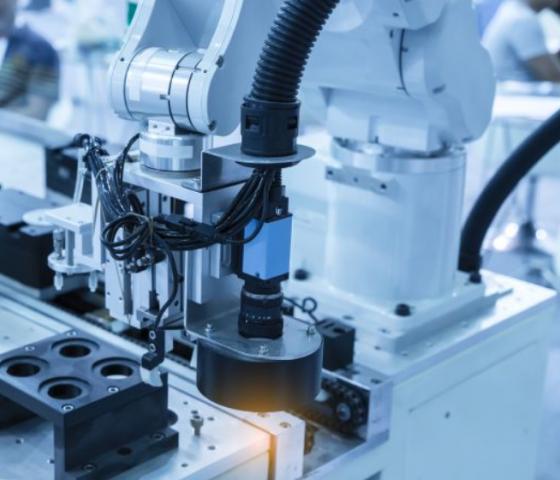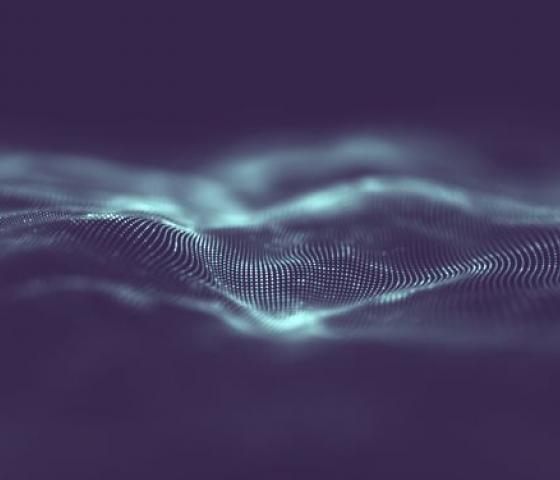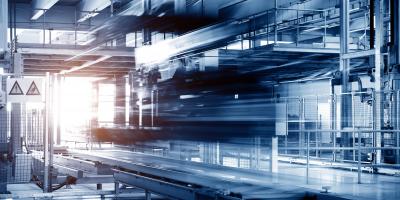
Machine vision requires intelligence and adaptability
The beauty of machine vision technology is particularly in advanced software, which introduces intelligence into the equation. If the underlying software allows it, even conventional equipment grants access to complex operations. For instance, facial recognition is based on a simple pattern recognition technology and only the intelligent software working in the background truly utilizes the information produced by the technology.
During the history of machine vision technology, the most traditional and widespread devices are barcode scanners. They were introduced in stores at the turn of the 1960s and 1970s, and nowadays, a store without barcodes would be hard to imagine. In the early 1980s, machine vision technology was employed in industry. These pioneering machine vision solutions were quite simple, slow and expensive compared to modern technology. Since the old ways are often hard to let go, the beginning of every new invention can be slow. It can be hard to see the potential of a new intelligent technology, while hanging in the old ways.
Today, the hardware is available to everyone, unlike in the beginning, when the installation and mere acquisition of imaging hardware was challenging, and the imaging methods were strongly based on electronics.
In practice, the increase in computing power has revolutionized the field of machine vision technology. In the past, the equipment could independently execute only some basic calculations with integers, whereas today, complex calculations can be processed in real time. However, the hardware can only be utilized to the fullest extent possible with more complex algorithms.
Imaging methods

Spectral cameras
Hyperspectral cameras are based on the scattering of light into small wavelength ranges, which allows detecting things that the human eye does cannot make out. There are numerous practical applications for spectral cameras in various industries, in food, in pharmaceuticals and also in heavier industries. For instance, a hyperspectral camera can be used to examine the behavior of materials under different conditions, as well as to distinguish between materials that look the same on the outside.
Deep learning
Deep learning means that the machine is capable of learning things on its own and utilizing the things learned in practice, for example, in facial recognition. In the past, it was necessary to know exactly what features are to be measured and classified, whereas today machines can decide on their own about the things measured and make classifications. Thus, a machine no longer needs to be told what to check; the machine can do the checking on its own. Ready-made algorithms are available for many measurements, but if something entirely new is needed, the production of the desired data requires professional skills and creation of a suitable algorithm.


3D measurement and modelling
3D technology is already used extensively for a variety of needs, and it is no longer merely a popular trend. The first applications of 3D measurement were log truck frame measurements, which used to be performed manually using measuring instruments. For the purpose, laser equipment was developed which automatically measured the volume of timber loaded onto trucks and provided information on the size of individual trees.
Today, modern 3D measurements are very accurate and detailed, and the size range of objects to be measured can vary from micrometers to kilometers. A subtype of 3D measurement is stereoscopic measurement: two or more cameras are employed to produce accurate information on depths and distances. The possibilities of 3D measurement and modelling are practically limitless: it can be used in everything from spatial planning to observation of car tire tread.
Technological development is transforming into the application of hardware and intelligence
The ability to choose the solution that best suits the challenge is vital, since modern machine vision technology enables entirely novel solutions. Modern machine vision technology allows truly accurate and detailed imaging and analysis with high-quality algorithms, high computing power and optics, but there are plenty of options available. The future challenge will be finding the ways for the utilization and application of these modern solutions in different environments, since the technology is not expected to develop as extensively as it has before.
In the future, today’s new and exciting innovations will be commonplace, just like the barcode reader is now taken for granted. Algorithms are also expected to develop in the same way mobile applications have – in the past, each phone had its own, predetermined functions, whereas today, ready-made add-ons to complement the phone’s features can be downloaded by everyone. Thus, we personalize them and adapt them for our needs. Machine vision works the same way: one can have a limitless number of applications, but how to ultimately adapt and use them?
The imaging itself is quite simple when utilizing machine vision. Anyone can acquire an imaging device and make simple measurements completely independently. To harness the full potential of machine vision technology, professional skills and experience in a variety of applications are required. For example, sufficient lighting is extremely important to get reliable measurements.
The future holds extensive possibilities for machine vision
Step by step, we will see more advanced solutions in the future, as the comprehensive observation of the environment and automatic operation have been among the development objectives for a long time.
Among the greatest challenges and objectives of machine vision is the development and popularization of self-driving cars and forest machines. Even though machine vision technology applications are gradually becoming more familiar and closer to everyday life, there is still a lot of room for specialization and growth in the industry.
At AFRY, we believe that machine vision professionals will play an increasingly important role today and in the future through the continuous creation of more complex solutions to new types of challenges and demanding conditions. In the future, the need for complex algorithms will endure, since the possibilities offered by machine vision technology will be recognized in new environments and different industries and the demand for adaptation of technology and hardware to the existing needs will increase.






